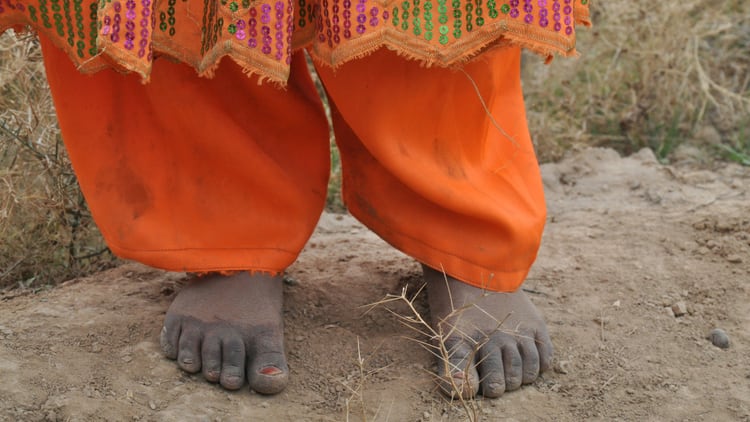Between 2006 and 2016, child stunting had been reduced and there was stability in the number of children overweight. However, the data from 2016 and 2021 shows a deteriorating picture.
Findings from the ‘Changes in Child Undernutrition and Overweight in India From 2006 to 2021: An Ecological Analysis of 36 States’ study show that from 2006 to 2021, the prevalence of stunting, underweight, and wasting decreased by 12.3%, 10.3% and 0.7% respectively, while the prevalence of overweight increased by 1.9%.
But when assessing the annualised rate of change in stunting during the two periods, the number was lower from 2016 to 2021 compared with 2006 to 2016 (-0.6% versus -0.9%).
Furthermore, nearly 15% of districts surveyed experienced a rise in stunting of 5% or more.
There was no significant difference in the numbers of underweight, but the improvements in child wasting also slowed between 2016 and 2021.
This reflects a long-standing lack of access to diets required for optimal growth. However, it should be noted that wasting is sensitive to infectious disease and food availability in different seasons.
Authors of the study analysed data derived from three rounds of National Family Health Surveys (NFHS) conducted in 36 states and 640 districts from 2005 to 2006, 2015 to 2016, and 2019 to 2021.
Changes in growth outcomes, including stunting, undernutrition, wasting and overweight, among children under five years were evaluated against changes in human development indicators, such as women’s literacy, sanitation, and households with electricity.
Stepping up of efforts crucial to child nutrition
The improvements recorded in these human development indicators predicted large reductions in stunting and underweight, so the findings have sounded alarm bells about nutrition-sensitive child health outcomes.
“Specifically, the bivariate decomposition analysis predicted moderate to large declines in population-level stunting and wasting based on the rise in favourable development indicators. Our analyses showed that these predicted reductions in undernutrition did not occur. Moreover, overweight is rising at a rate that is greater than what would be expected by improvements in human development observed in the past five years,” said the authors.
During the data collection period from 2019 to 2021, India’s economy suffered a downturn resulting from the COVID-19 pandemic and nationwide lockdowns, which put a halt on numerous national nutrition programmes and may have contributed to higher undernutrition rates.
On the other hand, the rapid rise in overweight children presents another problem. According to cohort studies in low- and middle-income countries, childhood obesity often persists into adulthood, with elevated risks of diabetes and cardiovascular disease as well as higher medical costs.
The researchers also found that the annualised rate of change in overweight was higher at the national level from 2016 to 2021 (0.3%) compared with 2006 to 2016 (0.1%). Most districts (72%) experienced an increase in overweight during the past five years.
“South Asians as a group are at higher risk for cardiometabolic disorders at earlier ages and lower body mass index (BMI). Even in children aged five to 19 years, metabolic abnormalities, such as high triglycerides, are present at all levels of weight status, with progressively higher levels of metabolic morbidities with increasing BMI-for-age,” the authors said.
In the face of mounting food insecurity and financial distress, the prevalence of child stunting and wasting in South Asia alone could double this year.
As such, attention to child nutrition, including careful investigation of the pandemic’s impact on nutritional indicators, targeted monitoring of child health outcomes and development of strategies tailored to the local population, will be of paramount importance in the coming years, the authors concluded.
Source: Global Health: Science and Practice
https://doi.org/10.9745/GHSP-D-21-00569
“Changes in Child Undernutrition and Overweight in India From 2006 to 2021: An Ecological Analysis of 36 States”
Authors: Jithin Sam Varghese, et al




